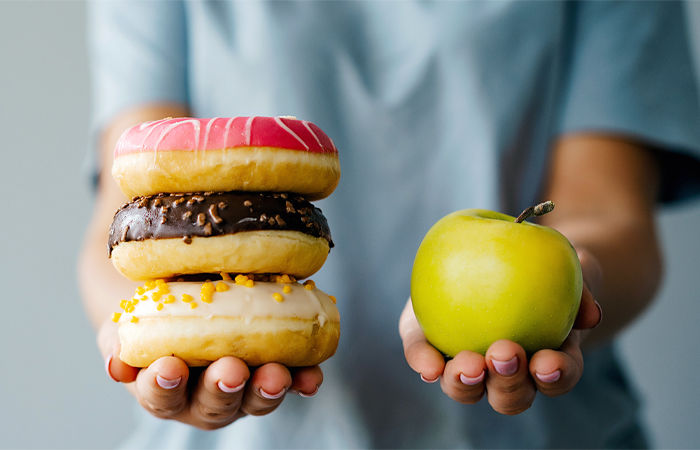
Ultra processed food is dangerous for health: In modern times, food habits are changing rapidly all over the world. While cuisines from around the world are now available even in small towns, interesting results have emerged regarding ultra-processed food. Let's take a look at the deadly ultra-processed foods…
What is ultra-processed food?
Ultra-processed food (UPF) is food that has undergone more than one process to enhance taste, processes that have reduced or completely eliminated the food's nutritional value. In a way, UPF is industrial manufacturing, i.e. 'factory food'. Food that has nothing to do with its origins.
The term 'ultra-processed food' was first used at an international conference on the dangers of obesity. Globally, despite the health risks and various diseases, the use of ultra-processed food is increasing. An innovative idea has been introduced to overcome its side effects.
A unique idea
A unique idea has been put forward to create public awareness against UPF. Just as the packets of intoxicants like tobacco have a warning printed on them saying 'This substance is harmful to health', UPF packets should also have a similar warning. At first glance, this idea may seem 'exaggerated', but it is true. Such a warning is hardly appropriate, at least in view of the rising rate of obesity and other diet-related problems globally.
Experts who have put forward their views have even said that UPF advertisements should be completely banned to stop its spread. Experts have advocated printing not only the warning message 'harmful to health' on its packets but also pictures showing the effects of UPF on the body. It has been suggested to print pictures of obesity and other similar problems caused by UPF in the same way as pictures of diseased organs of cancer patients are printed on cigarette and gutkha packets. The purpose of doing so is to provide written and visual information to consumers about the potential risks associated with UPF.
Can the worker choose this solution?
Would it be beneficial to put warning labels and pictures on UPF like tobacco products? Will this measure help reduce its consumption among the general public?
The answer is yes.
Statistics say, graphic warnings increase awareness among people about health risks. If this happens in the case of tobacco, gutkha, it can happen in the case of UPF too. Seeing graphic warnings on UPF packets, consumers will think twice before buying it. Studies on warning labels for sugary beverages show that they influence consumer purchase decisions.
If such 'negative labelling' is introduced, UPF manufacturers will also benefit, thereby reducing the adverse impact on trade and encouraging them to produce less processed food, which will ultimately benefit consumers. Doing so will create a healthy nation in the long run.
What are the components of UPF?
UPF uses ingredients that are not typically found in a home kitchen. These ingredients, called 'cosmetic additives', include 'emulsifiers', 'sweeteners', 'artificial colours' and 'preservatives' that are used to enhance the appearance, taste and shelf life of UPF. To make UPF, raw foods such as fruits, vegetables and grains are processed in such a way that the 'clean ingredients' such as fibre, refined sugars, fats and starches are eliminated, leaving only calories with little nutritional value.
What diseases does UPF cause?
The extra calories in super-tasty UPFs lead to obesity problems. UPFs with high sugar content cause diabetes in humans. The unhealthy fats, sodium and added sugars in UPFs increase cholesterol levels, which eventually lead to heart disease. Excessive consumption of UPFs also leads to diseases like cancer.
After reading this, it is now up to you to decide where and how much UPF should be in your diet. Enjoy your meal!
 look news india
look news india